A lack of safe systems of work during engineering moves and no braking controls on the rear deck of a multi-purpose vehicle (MPV) have been identified as causes of a collision on HS1 that left a driver off work for four months.
The Rail Accident Investigation Branch (RAIB) has published its report into the low-speed collision involving on-track machines during an engineering possession on the high-speed line between Singlewell loops and Medway Viaduct near Strood, at around 0415 on November 16 2023.
A lack of safe systems of work during engineering moves and no braking controls on the rear deck of a multi-purpose vehicle (MPV) have been identified as causes of a collision on HS1 that left a driver off work for four months.
The Rail Accident Investigation Branch (RAIB) has published its report into the low-speed collision involving on-track machines during an engineering possession on the high-speed line between Singlewell loops and Medway Viaduct near Strood, at around 0415 on November 16 2023.
A driver (driver 1), who was coupling an MPV (MPV1) to a tamper, was injured when a second MPV (MPV2) collided with the vehicles at around 12mph.
RAIB’s report said MPV2 was supposed to stop between 50 and 100 metres from the stationary tamper where the machine controller would hand over control to the drivers. MPV2 was travelling in reverse, with the cab at the far end, so a machine controller stood on the rear deck to direct the driver (driver 2) via radio.
The report said the driver of MPV2 reduced the speed to 20kph (12mph) “but did not hear any further radio messages from the machine controller”.
“Approximately 20 seconds after the first speed reduction, the machine controller used the radio again to instruct driver 2 to reduce the speed of MPV2. This was to allow it to stop at the intended holding point,” the report stated
“The machine controller received no acknowledgement on the radio to this instruction and did not feel the brakes being applied on MPV2. The machine controller then made several attempts to contact the driver using the radio. Still getting no response, and with a collision with the tamper apparently imminent, the machine controller began to shout “Stop, stop” and then braced for impact.
“Approximately 40 seconds after the last radio communication, driver 2 stated that they heard shouts from outside the cab through the open window and put the traction brake controller, which controls both the power and brakes of MPV2, into the emergency brake position.”
The emergency brake application was made 16 metres away from the tamper when MPV2 was moving at 20kph (12mph), which left “insufficient distance to avoid a collision”.
The report continued: “When MPV2 struck the tamper, driver 1 was in the space between MPV1 and the tamper, about to place the tamper’s coupling shackle over the hook on MPV1. The impact caused the vehicles to move around 1.4 metres. Driver 1 was hit in the back, knocked to the ground and overrun by the front end of the tamper.”
The machine controller and driver 2, both on MPV2, were uninjured but “shaken”.
Driver 1 was taken to hospital but discharged the same day. However, they didn’t begin a phased return to work until March 2024, resuming full duties five months later, due to psychological distress.
RAIB said MPV2 was travelling at 12mph when it passed the point it should have stopped before approaching the tamper.
Inspectors also found “there was no view to the rear of the vehicle (which was the leading end during the movement) from the MPV’s cab which would have permitted driver 2 to see the line ahead during this propelling move".
“Although driver 2 was in the habit of leaving the cab side window open when making propelling moves and there was a window in the cab door, a container on the rear deck of MPV2 on the night of the accident blocked the driver’s view of both the line ahead and of the machine controller. This meant that driver 2 was solely reliant on radio instructions from the machine controller to know when to stop the vehicle,” the report continued.
Driver 2 said they did not brake as they didn’t hear any instructions to do so.
The report found radio communication was unknowingly broken because the machine controller’s handset had an intermittent fault that meant it stopped working when they pressed the push-to-talk button.
RAIB also said the machine controller, travelling on the rear deck of the reversing MPV2, had no controls to apply the brakes. Emergency stop buttons are fitted along the sides, but not on the rear platform.
A similar collision occurred in the Thames Tunnel on HS1 in 2021, although nobody was injured. However, the safety recommendation for HS1 MPVs to be fitted with an emergency stop on the rear platform was not implemented by Network Rail High Speed (NRHS), the infrastructure manager for HS1. NRHS stated that the design of the MPV had not been a factor in the 2021 collision with the immediate cause given as operator error.
RAIB also said NRHS had no “documented safe systems of work in place to manage propelling moves, or to protect staff working on track, when trains were running during possessions”, and that HS1 Ltd was not aware of the 2021 recommendation as it’s strategic safety assurance of NRHS “did not include a process to review recommendations resulting from safety investigations”.
Since the collision, NRHS has fitted emergency stop and warning horns to the rear deck positions of MPVs, purchased headsets to improve communication between drivers and those standing on the deck, and updated the HS1 rule book, instructing drivers to stop if there’s no communication for 10 seconds.
CCTV is also being fitted to HS1 MPVs with monitors installed in driving vans, along with new standards to protect its workforce.
RAIB has now said NRHS, working with relevant suppliers, should undertake a risk-based review of the design of on-track plant and machines, as well as rules, standards, procedures and training relating to the movement of on-track plant and machines, and implement any appropriate changes.
NRHS should also look into rules, procedures and training relating to engineering possessions, as well as its handling recommendations and local actions from safety investigations – both internal and external, while HS1 Ltd should review RAIB’s findings to see if it can make improvements to the strategic safety assurance of its suppliers.
Login to continue reading
Or register with RAIL to keep up-to-date with the latest news, insight and opinion.

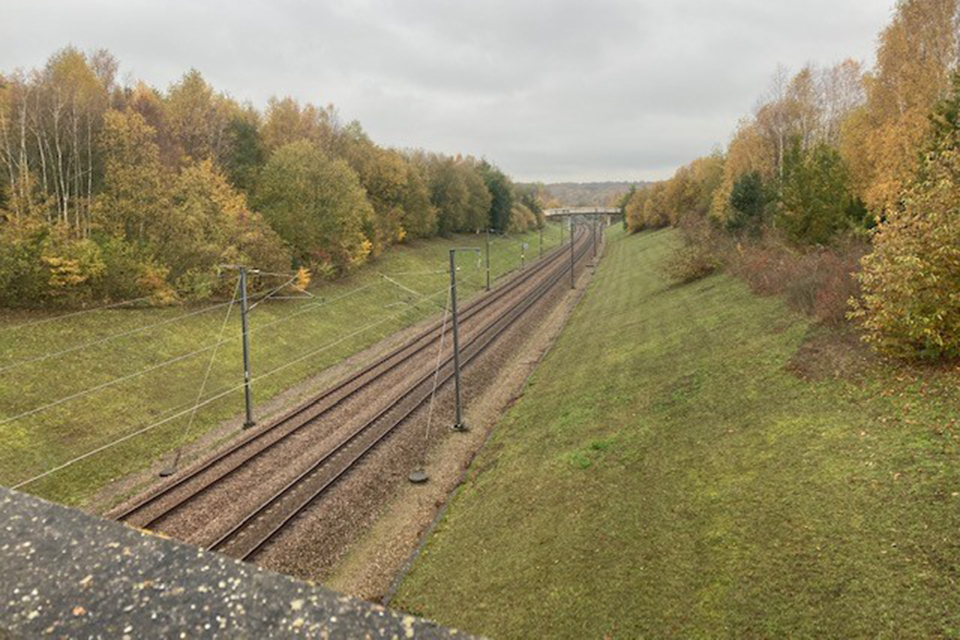
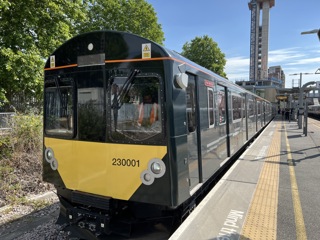
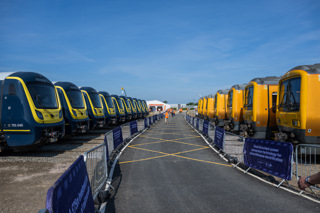
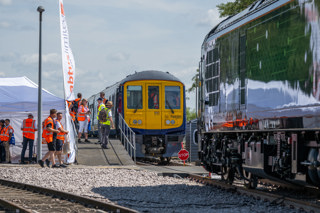

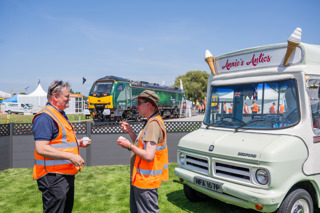











Login to comment
Comments
No comments have been made yet.